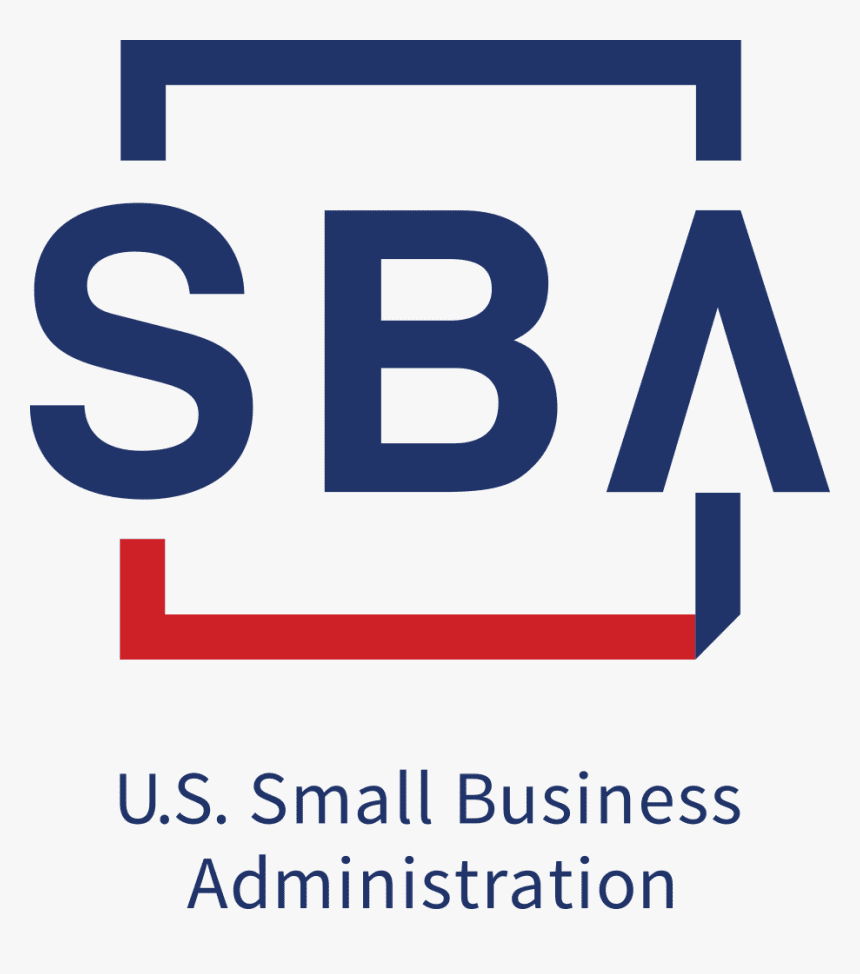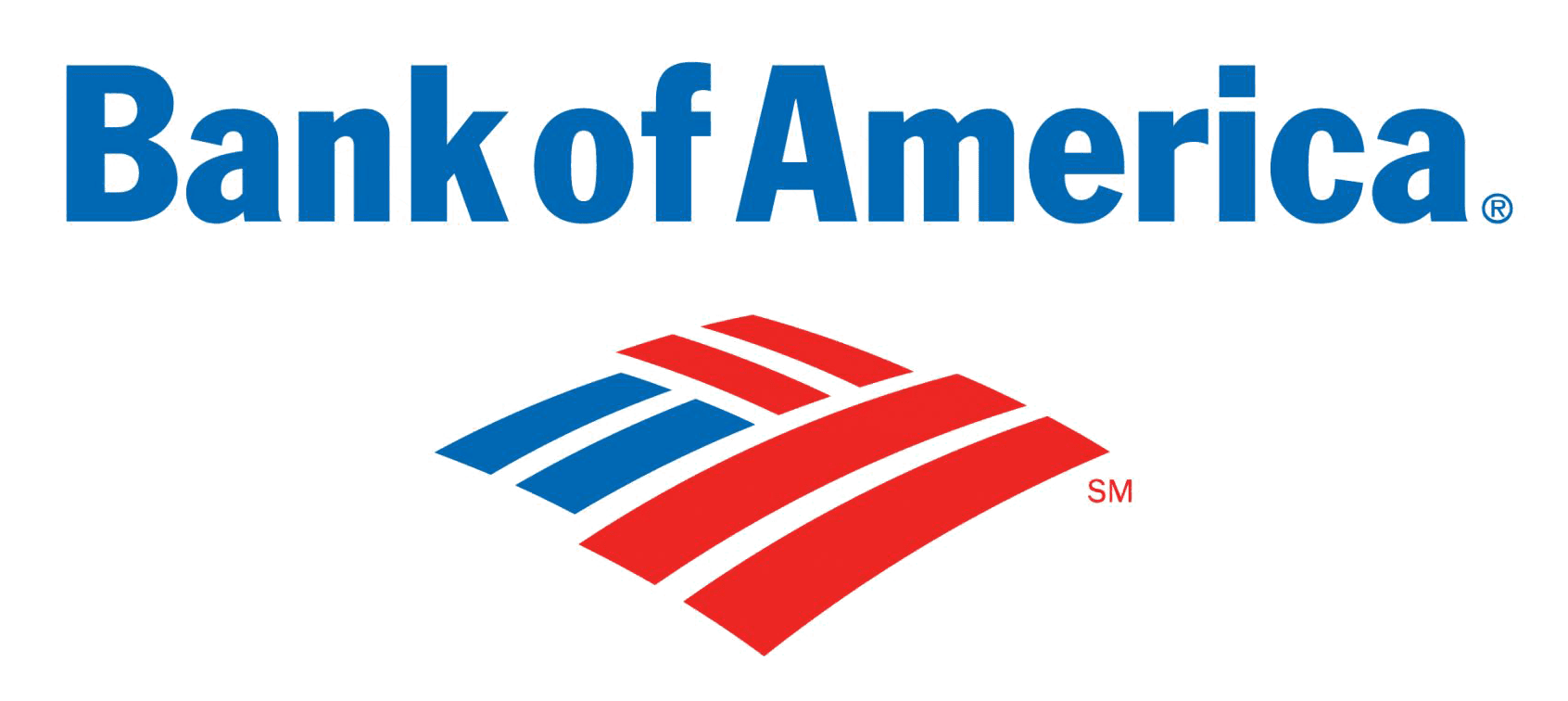Here’s a closer look at how to get a business line of credit:
1. Determine why you’re borrowing and how much you’ll need
Determining why you need the loan and how much you’d like to borrow will be essential in helping you find the right lender. Some lenders have strict rules on how funding can be used, so be sure to check their restrictions.
If you’re unsure how much you’ll need to borrow, our business loan calculator can help you get an estimate.
2. Evaluate eligibility criteria
Checking your credit score can go a long way toward helping you figure out where to apply for a loan. If your score needs some work, consider working to build your credit score before applying or looking for lenders who accommodate lower scores.
Traditionally, online lenders offer more flexible qualifying requirements than brick-and-mortar financial institutions. However, in exchange you may end up with less flexible terms or a higher interest rate.
Similarly, secured lines of credit may also be easier to qualify for, but you’ll have to use an asset, such as inventory or a cash deposit, to back the loan.
3. Research appropriate lenders
Once you know what’s within your reach, the next step is to research lenders who may be a good match for your needs.
In particular, you’ll want to pay close attention to the term and whether it’s for a fixed amount of time, such as six or 12 months, or if it renews annually. You’ll also want to check in on the minimum payment amount that you’ll be required to make each month.
If you’re a new business, however, you’ll need to make sure you meet the lender’s eligibility guidelines to get a line of credit. It may also help to read some business lender reviews before moving forward with your application.
4. Gather your supporting documentation
Each lender’s required documents will vary. But, in general you should expect to provide a business plan, current financial statements, and business tax returns. In some cases, you may also need to connect to a business bank account.
5. Apply for the line of credit
These days, many business lines of credit applications can be completed online, but in some instances, you may need to visit a brick-and-mortar location in order to apply.
Decision time and funding timelines can also vary, but the lender will likely make these details clear so that you have a better idea of what to expect.







